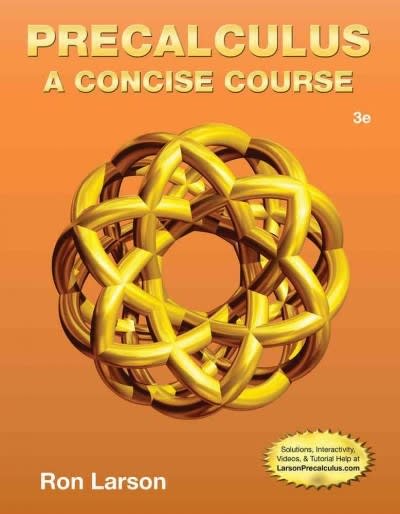Answered step by step
Verified Expert Solution
Question
1 Approved Answer
True or false: A standardized morbidity ratio (SMR) of 1.0 means the risk or rate of disease in the exposed group is zero after age
| True or false: A standardized morbidity ratio (SMR) of 1.0 means the risk or rate of disease in the exposed group is zero after age standardization. |
| True or false: An SMR of 0.5 means the risk or rate of disease in the unexposed group is twice that in the exposed group after age standardization. |
| True or false: If 120 cases of X are observed in population A and 240 cases of X are observed in population B, and populations A and B have the same age distributions, then X is necessarily twice as likely to occur in population B (compared to population A) with or without age standardization. |
| True or false: If (1) 100 cases of X are observed in the exposed, (2) the incidence rates in the unexposed are 1 per 1000 person-years in those less than 30, 2 per 1000 person-years in those 30-59, and 3 per 1000 person-years in those aged 60+, and (3) each age group in the exposed has 1000 people, then the SMR is 16.67. |
| True or false: If in Question d above there were 32,333 people in the 60+ group and 1000 in the other groups, then the SMR would be 1.0. |
| True or false: If the exposed and unexposed populations have different age distributions but the risk or rate of disease Z doesn't vary by age, then age-adjusted and unadjusted measures of exposure-disease Z associations will be similar. |
| True or false: Prevalent cases of the disease of interest (i.e., the outcome event) should be excluded from the study population at baseline in cohort studies. |
| True or false: Cohort study populations must have differences in exposure levels between individuals. |
| True or false: Comparing the risk of disease in workers exposed to an occupational exposure with the risk of disease in the general population would result in a more valid estimate of exposure effect than a comparison with the risk in other (unexposed) workers. |
| True or false: Recall of past exposures is not a source of selection bias in cohort studies. |
Step by Step Solution
There are 3 Steps involved in it
Step: 1

Get Instant Access to Expert-Tailored Solutions
See step-by-step solutions with expert insights and AI powered tools for academic success
Step: 2

Step: 3

Ace Your Homework with AI
Get the answers you need in no time with our AI-driven, step-by-step assistance
Get Started


